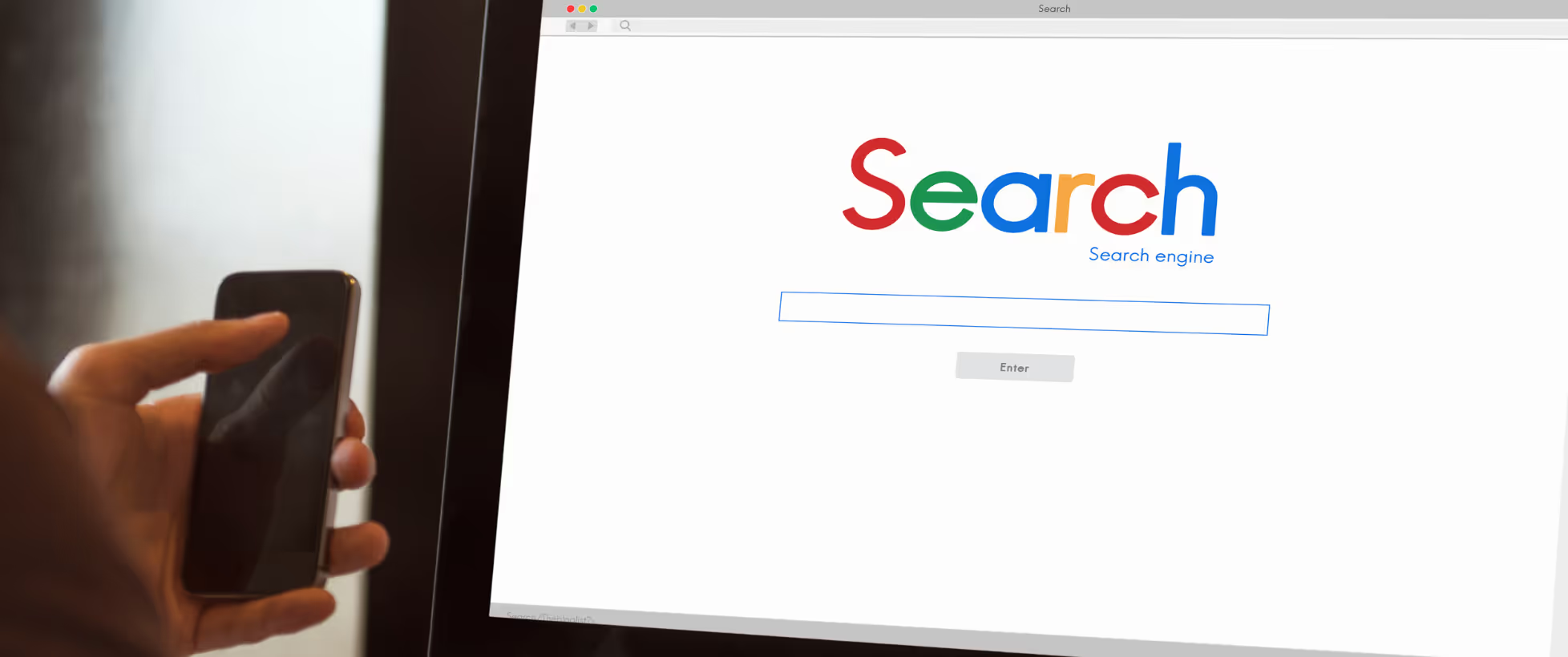For any business, securing a top position on Google's search results page is the ultimate goal. The visibility, credibility, and traffic that come with a high ranking are invaluable. But this raises a fundamental question for business owners and marketers: what is the cost of ranking higher on Google?
The answer is complex. It's not a one-time fee you pay to Google, but rather a strategic investment that comes in two distinct forms: the long-term, time-intensive investment of organic SEO and the immediate, monetary investment of paid advertising. Understanding the true costs and benefits of each approach is crucial for building a sustainable and profitable digital marketing strategy.
The "Free" Path: The Real Cost of Organic SEO
The biggest misconception about Search Engine Optimization (SEO) is that it’s free. While you don’t pay Google for organic clicks, the process of earning a top organic ranking requires a significant investment of time, expertise, and resources. The cost of SEO is not measured in ad spend, but in the effort required to build a valuable, authoritative website.
1. The Cost of Time
SEO is a long-term game. It can take several months—and often more than a year—to see a significant increase in organic traffic for competitive keywords. This prolonged timeline is a key part of its cost. You must invest time in:
- Research and Strategy: Identifying the right keywords, analyzing competitors, and developing a content plan.
- Content Creation: Creating high-quality, in-depth content takes time and effort.
- Link Building: Building a strong backlink profile is a continuous process that requires sustained outreach and relationship-building.
2. The Cost of Expertise
Effective SEO requires a wide range of skills. You need a technical specialist to ensure your site is crawlable, a content strategist to create valuable content, and a link builder to promote it.
- DIY (Do-It-Yourself): This option requires a significant time investment to learn the nuances of SEO, from on-page SEO to technical audits. While cost-effective from a monetary standpoint, it often comes at the expense of time that could be spent on core business operations.
- Hiring a Professional: Partnering with an SEO agency or a specialist provides expertise and efficiency. According to recent data from sources like Backlinko, the average monthly cost for professional SEO services can range from $1,500 to $5,000 per month for small to mid-sized businesses, depending on the scope and competition.
3. The Cost of Tools and Resources
To compete for top rankings, you need access to professional SEO tools. Tools like Semrush and Ahrefs offer comprehensive suites for keyword research, competitor analysis, and backlink tracking. The cost of these tools can range from $100 to over $400 per month, a necessary investment for data-driven optimization.
The long-term value of a strong SEO strategy is undeniable. While it has a high upfront cost in time and resources, the resulting organic traffic becomes a durable, sustainable asset that continues to deliver a strong ROI long after the initial investment.
The Paid Path: The Direct Cost of Google Ads
For businesses seeking immediate visibility, paid advertising through Google Ads offers a direct solution to the cost of ranking higher on Google. This approach bypasses the long-term process of SEO and provides instant placement on the search results page.
1. The Bidding System and CPC
Google Ads operates on a bidding system where you pay a fee for every click your ad receives. This is known as Cost-Per-Click (CPC). The cost of each click is determined by the competitiveness of the keyword, your industry, and your ad's Quality Score.
- High Competition = High Cost: Keywords in highly competitive industries like law, finance, and home improvement can have significantly higher CPCs than those in less competitive niches.
- Budget Control: You have full control over your daily and monthly ad spend. You can start with a modest budget and scale it as your campaigns prove successful.
2. The Cost of Management
While you can manage your own Google Ads campaigns, the platform’s complexity often necessitates professional help. A dedicated performance marketing expert can create a data-driven strategy, optimize your bids, and ensure your ads are delivering a positive return. The fees for professional Google Ads management can vary widely, but often range from 10-20% of your total ad spend, or a fixed monthly retainer.
The main difference between this and SEO is its duration. Once you stop paying, your ads disappear, and so does your traffic. This makes it a great tool for short-term promotions, but not a sustainable, long-term asset like SEO.
Comparison of Google Ads and SEO
When it comes to ranking higher on Google, both methods have their own unique advantages and disadvantages. An ideal digital marketing strategy often combines both SEO and Google Ads. Google Ads allows your brand to quickly gain visibility and test the market, while SEO builds a sustainable and long-term source of traffic. Understanding the dynamics of both methods will enrich your overall digital marketing strategy.
Balancing the Investment: A Hybrid Strategy for Success
Instead of viewing SEO and paid ads as competing forces, the most effective approach is to use them together.
- SEO for Long-Term Growth: Invest in a robust SEO strategy to build your brand authority and generate sustainable, "free" traffic over time. This includes a well-designed web design that provides a great user experience.
- Google Ads for Immediate Results: Use paid campaigns to fill the gaps while your SEO efforts are gaining traction. This provides immediate visibility for new products or seasonal promotions and allows you to test keywords and ad copy to find what works best.
A balanced investment in both channels ensures that your business has both immediate visibility and a strong, growing foundation for the future.
Conclusion
In summary, the answer to the question about the Cost of Ranking Higher on Google depends on the approach you choose. If you want fast results by paying directly, Google Ads is the right tool. However, if your goal is to build brand authority, gain user trust, and achieve sustainable traffic in the long term, you should invest in an SEO strategy. Combining both approaches is the most effective way to achieve your brand’s short-term and long-term objectives.










